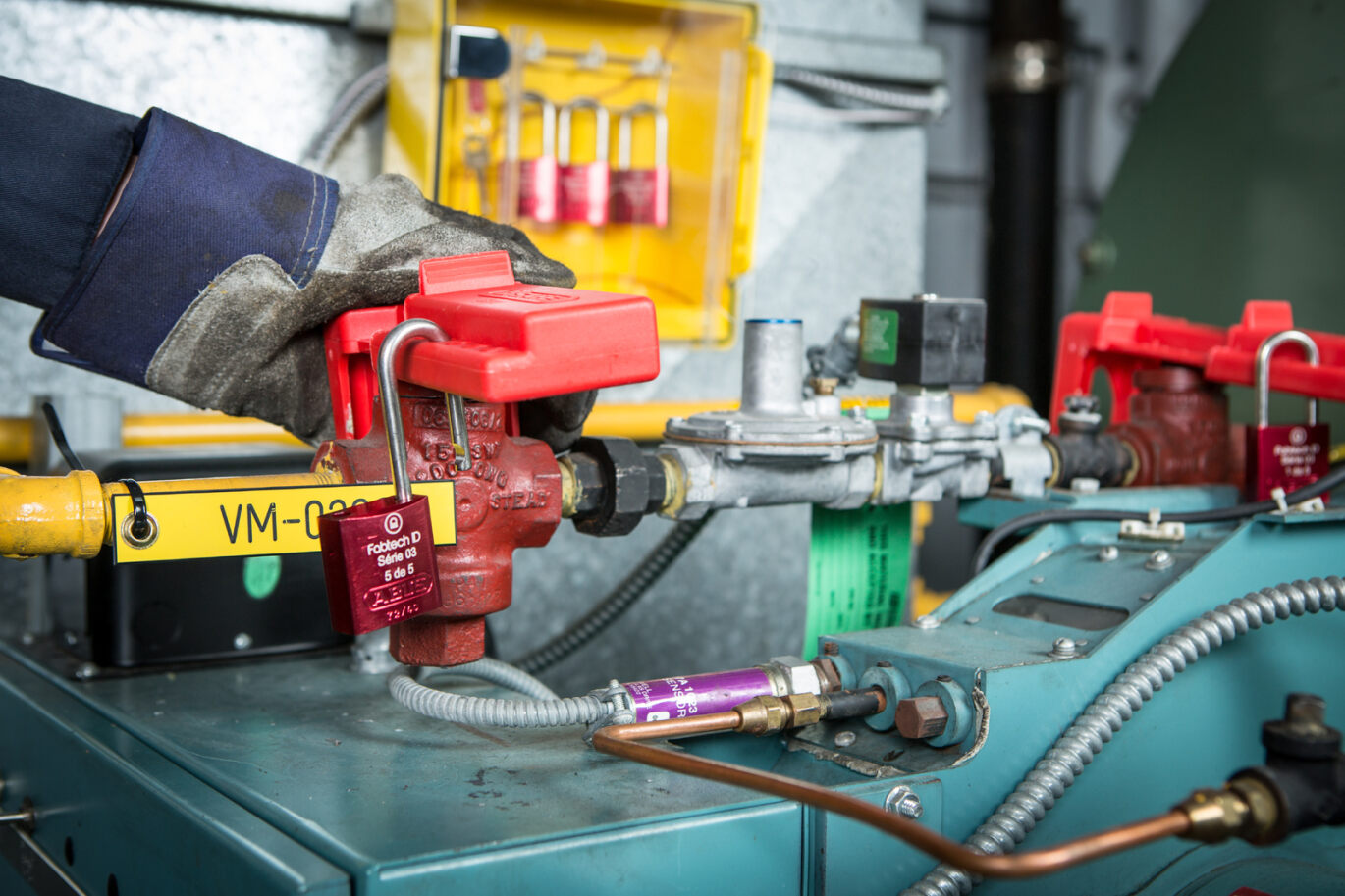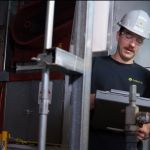

Finding a system to organize your lockout/tagout (LOTO) procedures isn’t difficult, but it does require some planning before getting started. There are a few key decisions to make before you even begin writing.
The most important part is deciding whether you’ll use a single-file-based system (like Word or Excel) or a database system via software. Each has its pros and cons, which we’ll discuss another time.
Next, you need to decide whether you’ll write a procedure for each individual piece of equipment that may need repair or replacement, or if you’ll simply create procedures for entire systems. You’ll need to determine whether you can isolate a single component or whether shutting down the entire production line is necessary for maintenance.
For example, locking out a single motor may require multiple steps to ensure it’s properly isolated from its surroundings. If that motor is part of a production line, this may mean that taking it offline stops the entire line. In that case, it might be easier to lock out the entire production system rather than just the one motor.
Using External Firms
Hiring external companies to develop your lockout procedures is a great idea, but be aware that they will rely on your company’s internal expertise to answer many questions. If you let an outside consultant make all the decisions, you’ll end up with a bulletproof LOTO program—but one that might be cumbersome and inefficient. The focus will be primarily on compliance. While you definitely want procedures that meet laws and regulations, it’s important to strike a balance between safety and efficiency.
When developing each procedure, you also need to consider the sequence of energy isolation points for each piece of equipment. Ideally, this should follow the shortest and easiest path—but that’s not always feasible. In some cases, the wrong sequence may introduce additional risks. For example, locking out in a certain order might trap gas or residual energy inside the machine.
Writing the Procedures
Once you’ve considered all of this, it’s time to start writing the procedures. You may need help, since chances are you’re not an expert on every piece of equipment involved. You might be an operator who understands how a machine functions, but not necessarily all its electrical or pneumatic components.
It’s best to consult with an electrician, mechanic, engineer, or other qualified personnel to gather all the necessary details. In a perfect world, your procedures would be intuitive and completely accurate—but even IKEA hasn’t reached that level of instruction. Since we’re not in a perfect world, try to keep your procedures concise enough to hold attention and focus on what truly matters: the energy isolation points. A lockout procedure should not become a general work method.
A Second Set of Eyes to Review Your Work
Once the procedure is drafted, send it to someone with equal or greater knowledge of the equipment to review it. This person won’t just read it—they’ll walk through the entire process to validate the technical information.
They will take the procedure into the field and ensure that each step makes sense. This validation must be done by someone within the facility—not an external consultant.
External consultants are excellent at analyzing project scope, machine risk and energy input/output—but they don’t necessarily know how the machines operate. They may not understand the specific steps required to safely shut down the machine or the exact locking sequence for a particular hazard zone. This is why the validation process should be carried out by someone familiar with your operations.
In fact, since multiple parties are typically involved in lockout and disconnection, you may need several people to review the procedure together—like an electrician, a mechanic, and an operator. Reviewing it individually increases the risk of missing something that a group might catch collectively.
Now Comes the Approval Process
In the best-case scenario, your experts fully agree with the draft. The procedure is solid. At this point, a manager or supervisor simply needs to sign off. Their role is to confirm that the individuals who wrote and reviewed the procedure followed internal processes and company workflow. The approver doesn’t need deep knowledge of the machine itself—just confidence in the competence of the team and adherence to established methods.
In the worst-case scenario, they disagree entirely with what’s been written. In that case, the procedure will be rewritten and submitted to a new set of reviewers. If still not approved, it’s sent back to the original team until a consensus is reached. Hopefully it doesn’t go that far—but it can.
Once you finally agree on a procedure, celebrate! Creating a safe, accurate lockout procedure that also minimizes production downtime is a major achievement.
Just don’t celebrate for too long… There are always more procedures to write.







